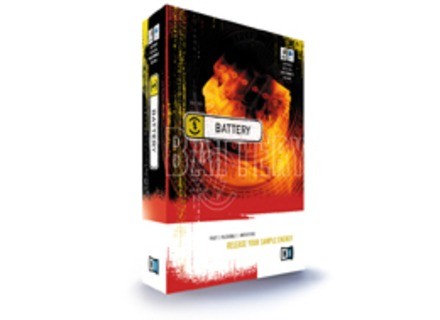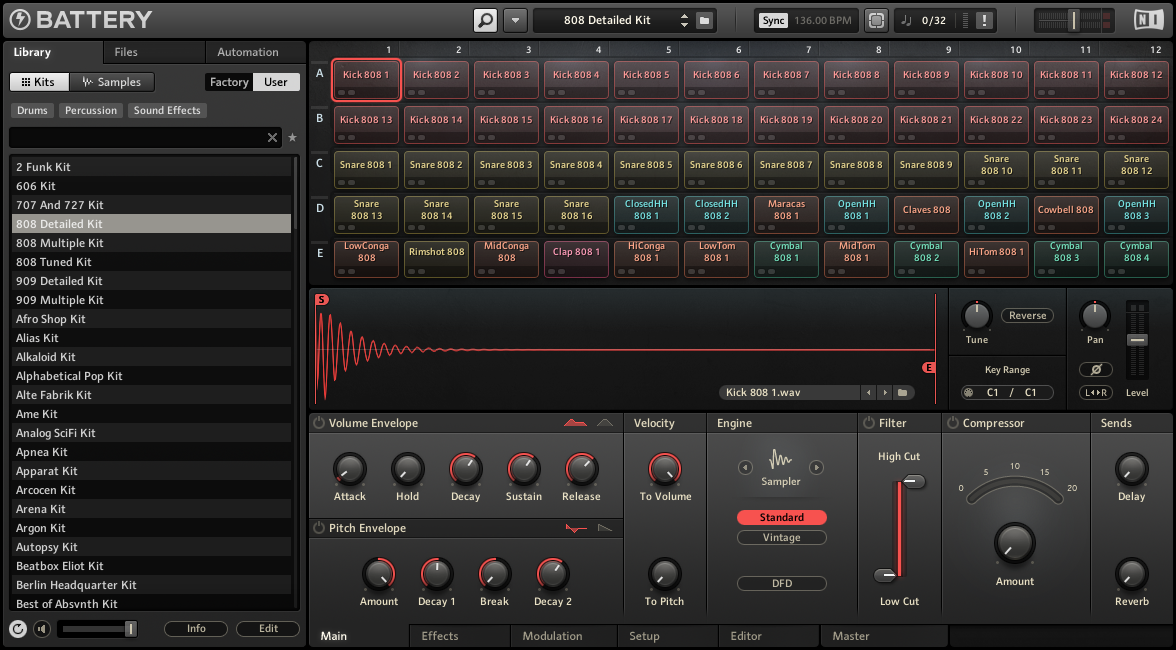

The first version of Battery had 54 pads, 128 voices (stereo or mono), several output configurations, an interface something like that of LoopAZoid but more intuitive, numerous possibilities for resynthesizing as well as over 600Mb of ready to use samples and kits.

The NeXoft team then went to work with Native developers to put together a more powerful tool, dedicated to importing and editing percussion and drum sounds, for a fee.

Feel free to experiment with various Attack, Decay, Sustain, and Release settings to your liking.In 2001, Native Instruments introduced Battery to the market, a percussion sampler following in the footsteps of LoopAZoid, software created by NeXoft, which offered 48 tracks, 64 voices, 8 outs and other very appreciated functions, not the least one being the fact that it was free. Note: Each of the AHDSR parameters will have an impact on the way the loop is triggered. Note that in order to play / stop the loop effectively, you need to set the Release knob of the AHDSR Envelope curve to its minimum value (slightly raise it above the minimum value if you notice 'clicks' when stopping the loop). Pressing the note again will retrigger the loop from the beginning, so the MIDI note is acting in this case like a play / stop toggle. When the Note Latch option and the Volume Envelope module are both active, you will be able to trigger the loop by pressing a MIDI note defined within the sample's Key Range, and stop the playback immediately as soon as you press the same note again.


 0 kommentar(er)
0 kommentar(er)
